Description
Experience peace of mind with WpPiP’s WebHostingPad Malware Removal Service. Our expert team ensures swift and thorough malware elimination, safeguarding your website’s integrity and reputation—Trust WpPiP for prompt, reliable, and effective solutions.
WebHostingPad Malware Removal and Website Security Monitoring
Is your WebHostingPad website acting strangely? Slow loading times, unexpected pop-ups, or search engine blacklisting could all be signs of a malware infection. Malicious code can damage your site’s reputation, steal visitor data, and even harm your search engine ranking.
At WpPiP, we understand the importance of website security. We offer comprehensive malware removal and security monitoring services specifically designed for WebHostingPad users.
Our WebHostingPad Malware Removal Service:
- In-depth scanning: We use advanced security scanners to thoroughly analyze your website for malware, including hidden threats.
- Safe and secure removal: Our experienced technicians will safely remove all malicious code without harming your website’s core files.
- Detailed reports: You’ll receive a comprehensive report outlining the identified malware and the steps taken for removal.
Our Ongoing Website Security Monitoring:
- 24/7 vigilance: We continuously monitor your website for suspicious activity, guarding against future malware attacks.
- Real-time alerts: If a threat is detected, you’ll be notified immediately so you can take swift action.
- Proactive protection: Our monitoring helps prevent future infections by identifying vulnerabilities and patching them before they can be exploited.
Why Choose WpPiP for WebHostingPad Security?
- We specialize in WebHostingPad: Our team has extensive knowledge of WebHostingPad’s specific security features and configurations.
- Fast and efficient: We understand the urgency of removing malware and getting your site back online.
- Peace of mind: Our ongoing monitoring ensures your website is constantly protected from evolving threats.
Some WebHostingPad website malware that we can remove:
1. Backdoors: Hidden code that grants unauthorized access to a website’s files and systems. 2. Code Injection: Malicious code inserted into legitimate website code, often to steal data or redirect traffic. 3. Cross-Site Scripting (XSS): Exploiting vulnerabilities to inject malicious scripts into webpages, affecting user interaction. 4. Cross-Site Request Forgery (CSRF): Tricking a user’s browser into performing unauthorized actions on a trusted website. 5. Defacement: Malicious modification of a website’s content, often with a message or propaganda. 6. Drive-by Downloads: Malicious code automatically downloads malware onto visitor’s devices when they access the website. 7. Exploit Kits: Pre-built tools that automate attacks by finding and exploiting website vulnerabilities. 8. Fileless Malware: Malware that doesn’t rely on traditional files, making it harder to detect. 9. Formjacking: Stealing user information submitted through website forms, like login credentials or credit card details. 10. Hidden Malware: Malicious code disguised as legitimate content, making it difficult to identify. 11. Injections (SQL, LDAP): Injecting malicious code into databases to manipulate or steal data. 12. Iframe Hijacking: Replacing website content with an iframe displaying malicious content. 13. Malvertising: Malicious advertisements that redirect users to phishing sites or download malware. 14. Mobile Malware: Malware specifically targeting mobile devices accessing websites. 15. Phishing: Creating fake login pages or websites to steal user credentials. 16. Ransomware: Blocking access to a website or its data and demanding payment for its release. 17. Remote Access Trojans (RATs): Tools allowing attackers to control infected devices remotely. 18. SEO Spam: Injecting spam keywords to manipulate search engine rankings for the website. 19. Session Hijacking: Stealing a user’s session ID to impersonate them and access their account. 20. Skimming: Stealing credit card information during online transactions. 21. Social Engineering Attacks: Manipulating users into taking actions that compromise website security. 22. Spam Bots: Automated programs that spam message boards or comment sections on a website. 23. Spyware: Software that gathers information about users’ activity without their consent. 24. Steganography: Hiding malware within seemingly harmless files like images or videos. 25. Trojan Horses: Programs that appear legitimate but contain hidden malicious functionalities. 26. URL Redirects: Malicious redirects take users to phishing sites or malware download pages. 27. Watering Hole Attacks: Targeting websites frequented by a specific group of users to infect their devices. 28. Web Bugs: Tiny images embedded in websites to track user activity without their knowledge. 29. Website Backups: Malware that backs up a website’s data for future attacks or data theft. 30. Worms: Self-replicating malware that spreads across websites within a network. 31. Web Shell Uploads: These scripts grant attackers remote access to your website. 32. Defacement Attacks: Hackers alter your website’s appearance with their content. 33. Cryptojacking Malware: Uses your website’s visitors’ processing power to mine cryptocurrency. 34. Backdoor Malware: This creates a hidden entry point for attackers to regain access to your website. 35. SQL Injection Attacks: Exploiting vulnerabilities to inject malicious code into your website’s database. 36. Brute-force Login Attempts: Automated attempts to guess your login credentials. 37. Watering Hole Attacks (Targeted): Targeting websites frequented by a specific user group with malware relevant to their interests or industry. 38. SEO Black Hat Techniques: Unethical methods to improve search engine rankings, often harming user experience. 39. Malicious SEO Redirects: Redirects to spammy or irrelevant content to manipulate search rankings. 4o. Traffic Bots: Malicious bots that generate fake website traffic to inflate metrics or manipulate analytics.
WebHostingPad Malware Removal Service Includes:
✅ Hacked website clean Backup files and database
✅Deep malware Scan of all Files and WordPress malware removal
✅Manually remove malware from Full Server or Cpanel
✅Hosting suspension removal
✅Fix redirecting issues
✅Blacklist removal (Google, Norton, McAfee, etc)
✅Google Japanese spam link removal
✅Plugins update
✅Fix website errors
✅SSL Installation
✅Any issue or bug Fixed
✅30 days support
WpPiP stands as your dedicated partner in securing your online presence. With our WebHostingPad Malware Removal Service, we prioritize your website’s safety, offering comprehensive solutions tailored to your needs. Let us empower your digital journey with our expertise and commitment to excellence. Trust WpPiP for a secure and thriving online presence. Contact us today to get more WebHostingPad Malware Removal information and services.

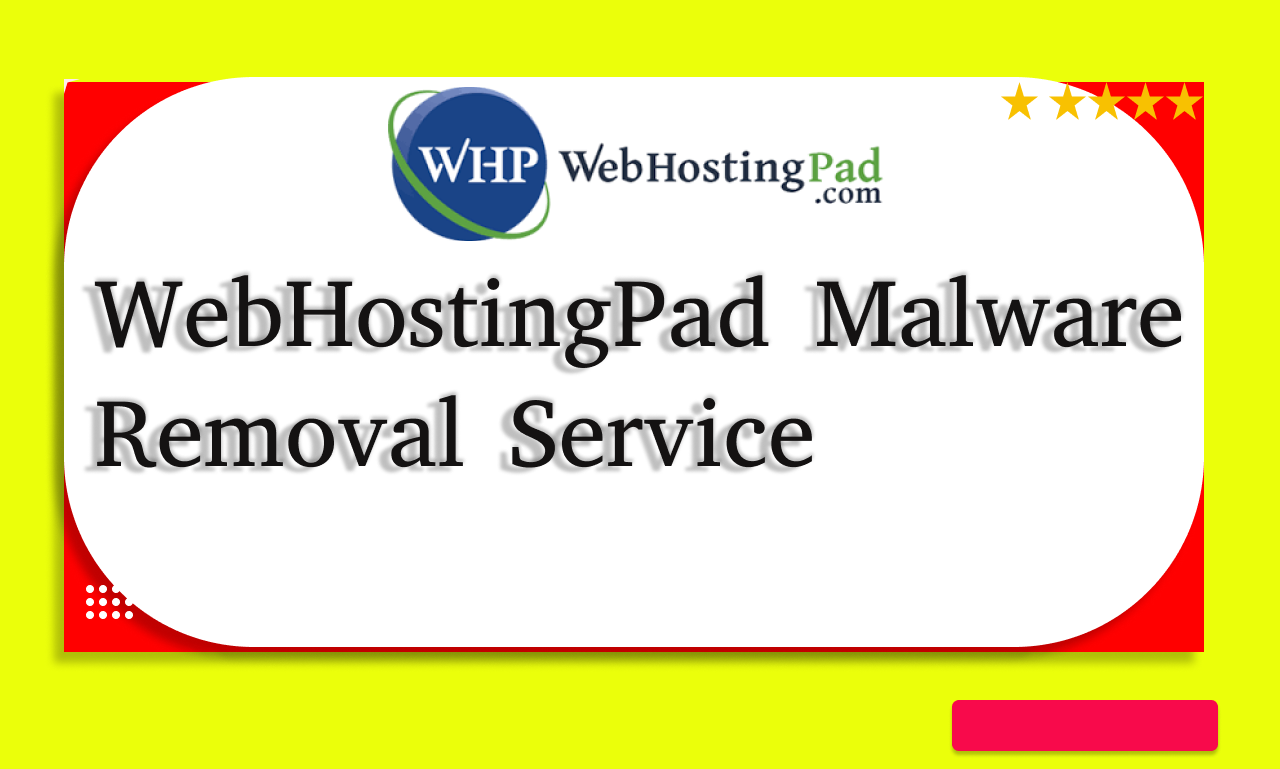
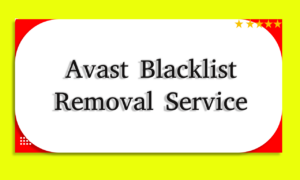


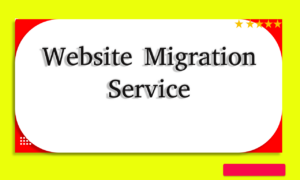
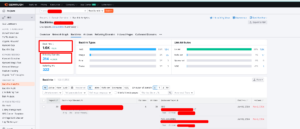

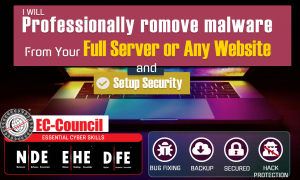


Reviews
There are no reviews yet.